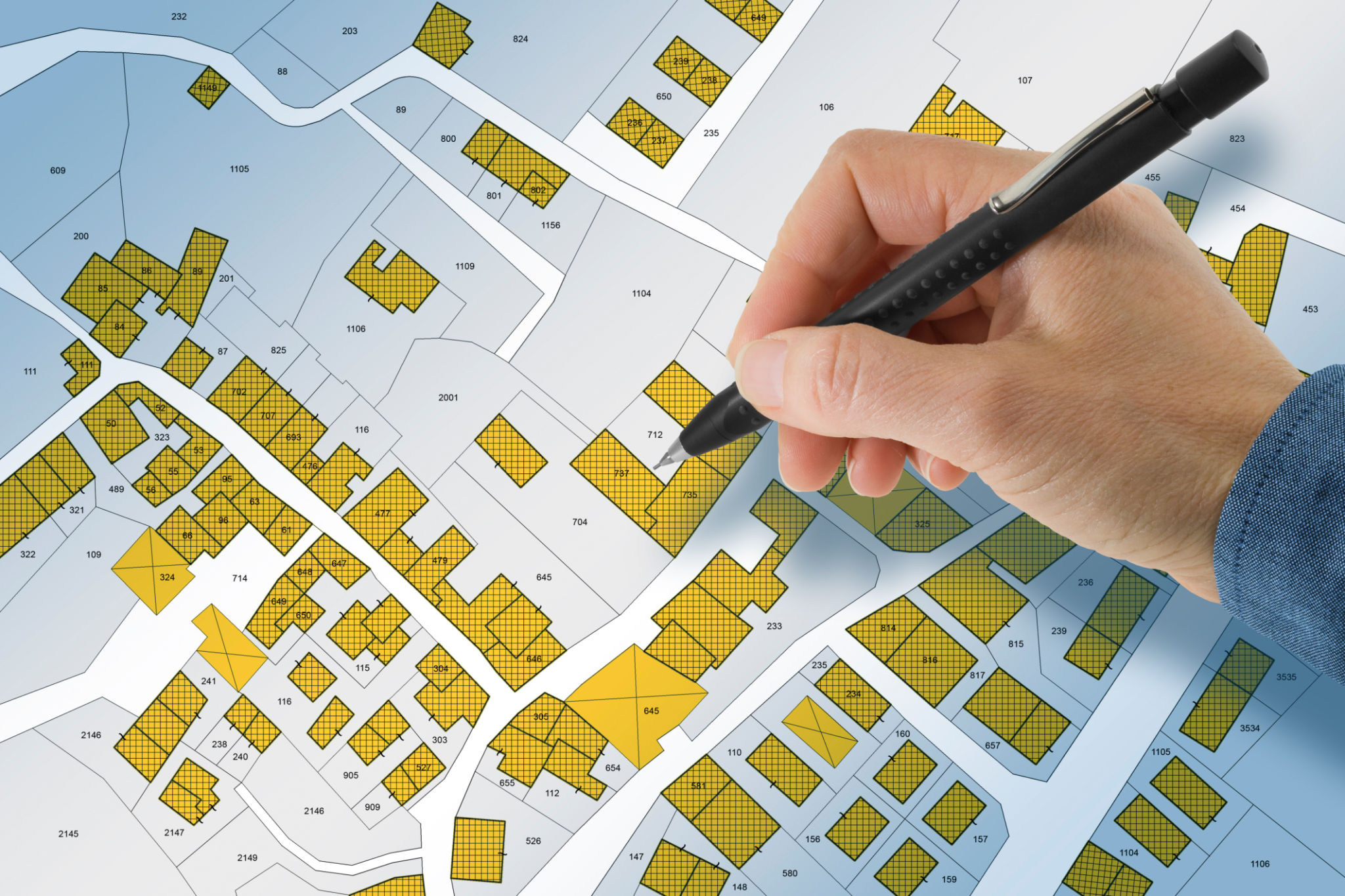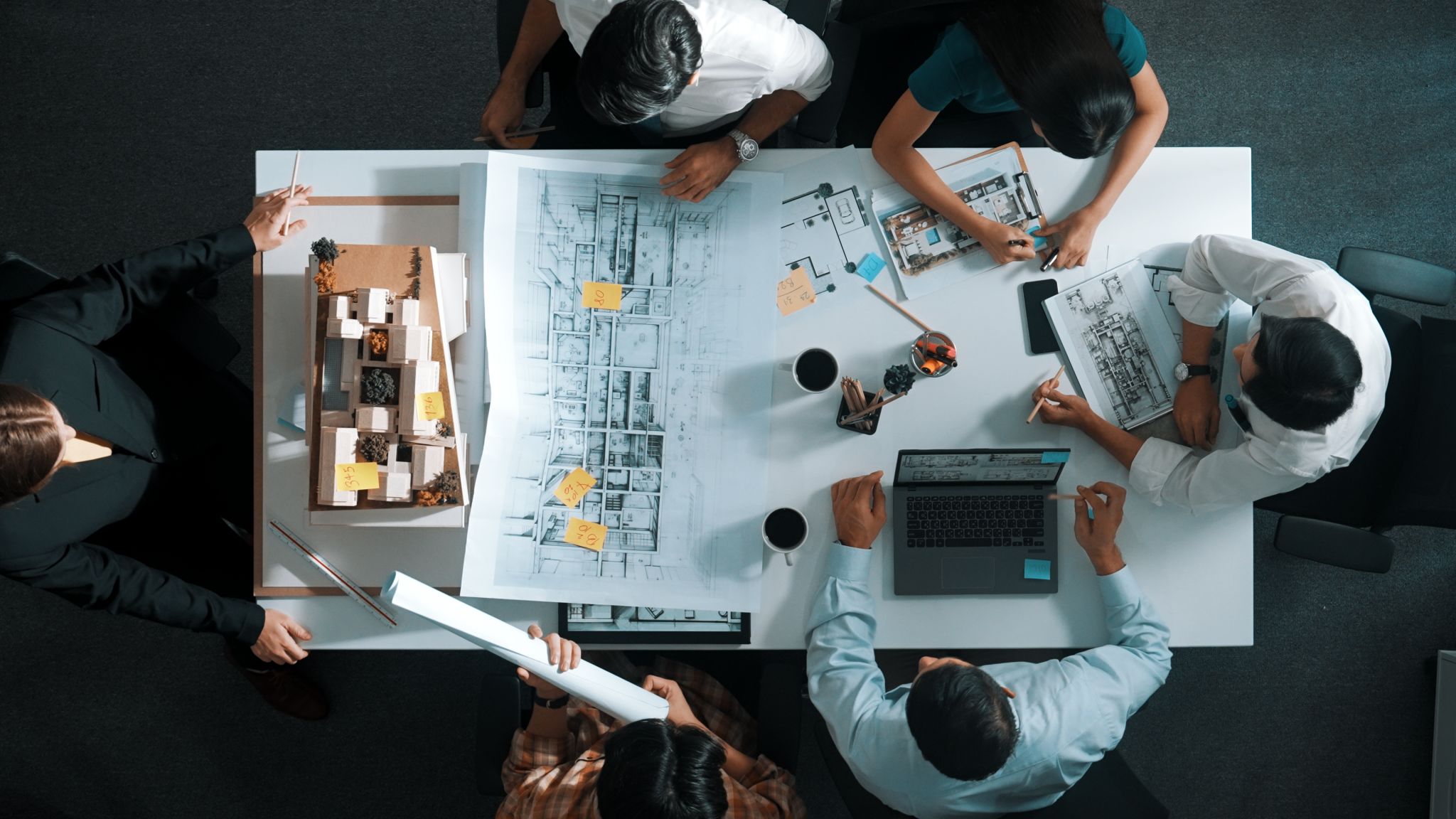Expert Tips for Planning Your Custom Home Build
Understanding Your Needs and Budget
Building a custom home is a significant investment, and understanding your needs is essential to ensure that your new home meets your lifestyle. Start by listing your must-haves and nice-to-haves. Consider factors like the number of bedrooms, the size of the kitchen, and whether you need a home office. Additionally, be realistic about your budget. It's crucial to balance your desires with what you can afford. Allocate funds not only for construction but also for unexpected expenses that might arise.
The budget should also account for design elements and high-quality materials. A detailed financial plan will prevent overspending and help you prioritize features that are most important to you.

Selecting the Right Location
Location is everything when it comes to building a custom home. Choose a site that aligns with your lifestyle preferences, such as proximity to work, schools, and amenities. Research the neighborhood to understand future developments that may affect your property value. Consider factors like climate, natural surroundings, and the orientation of your lot, which can influence energy efficiency and comfort.
Once you've chosen a location, ensure that the land is suitable for building. Check zoning laws, building codes, and any restrictions that might affect your construction plans.

Choosing Your Design Team
Collaborating with the right professionals is crucial for a successful custom home build. Start by selecting an experienced architect or designer who understands your vision. Look for someone with a portfolio that reflects your style and a track record of successful projects.
Furthermore, hiring a reputable builder is equally important. Research potential contractors by checking references and reviews. A good builder will guide you through the construction process, ensuring quality work and adherence to timelines.

Designing Your Dream Home
The design phase is where your vision comes to life. Work closely with your architect to create floor plans that maximize space and functionality. Consider how each room will be used and ensure that the layout supports your lifestyle.
Think about future needs as well, such as space for a growing family or aging in place. Sustainable design elements, like energy-efficient appliances and insulation, can reduce long-term costs and increase the comfort of your home.
Navigating Permits and Regulations
Securing the necessary permits is a critical step in the custom home building process. Each location has different requirements, so familiarize yourself with local regulations early in the process. Your builder or architect will often assist with this, but understanding the basics will prevent delays.
Ensure all permits are obtained before construction begins to avoid fines or legal issues. This step is vital to keeping your project on schedule.

Overseeing Construction
Once construction begins, regular communication with your builder is essential. Schedule regular site visits to monitor progress and address any issues promptly. Being involved in this phase ensures that the project stays on track and aligns with your vision.
Document everything, from changes to the original plan to unexpected challenges. Keeping detailed records helps resolve disputes and ensures accountability.

Final Touches and Moving In
As construction nears completion, focus on final touches like landscaping and interior design. These elements add personality and enhance the livability of your home. Work with professionals if needed to achieve the look you desire.
Before moving in, conduct a thorough walkthrough with your builder to ensure everything meets your standards. Address any issues immediately to avoid future complications.
Enjoying Your New Home
Once you've moved in, take time to enjoy the fruits of your labor. A custom home is not just a place to live but a reflection of your style and values. Host gatherings with friends and family to celebrate this new chapter.
Your custom home should meet both current needs and adapt to future changes. Regular maintenance will keep it in top condition for years to come. Congratulations on achieving this significant milestone!
